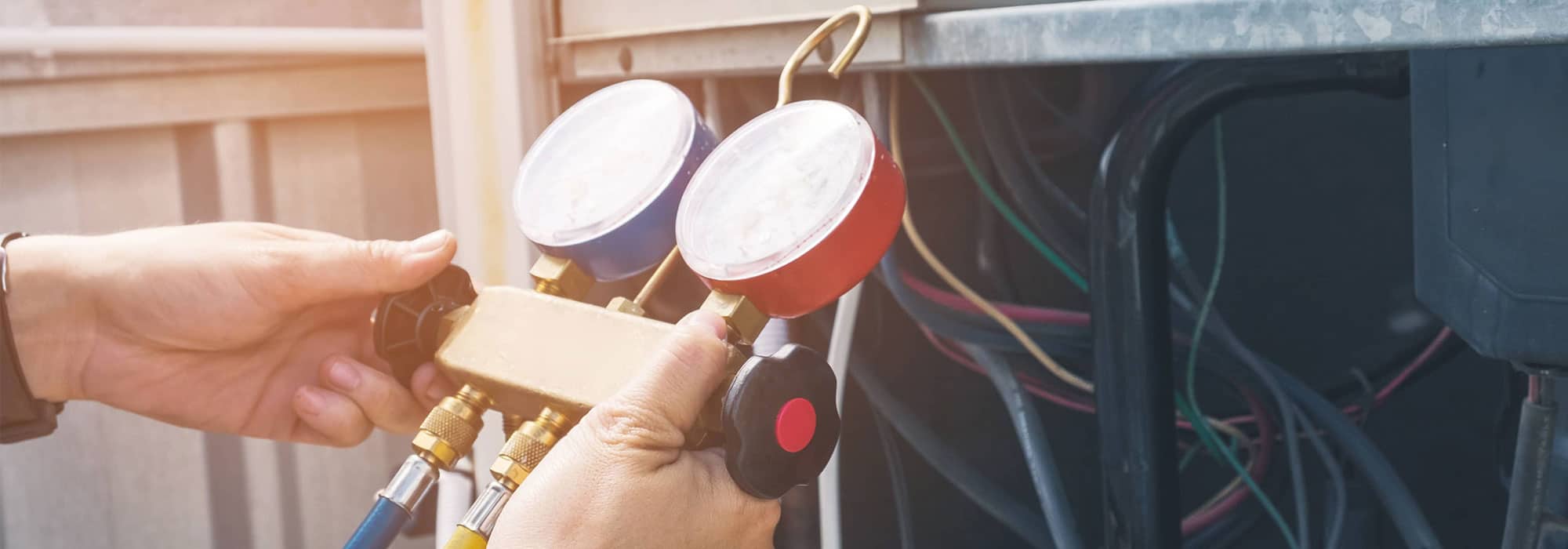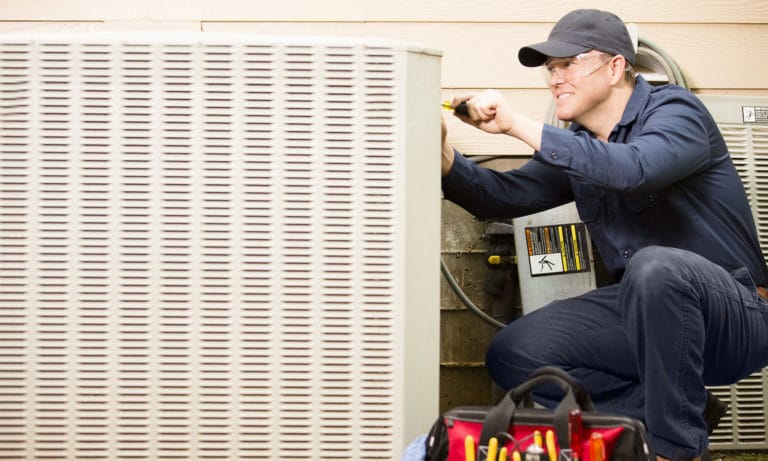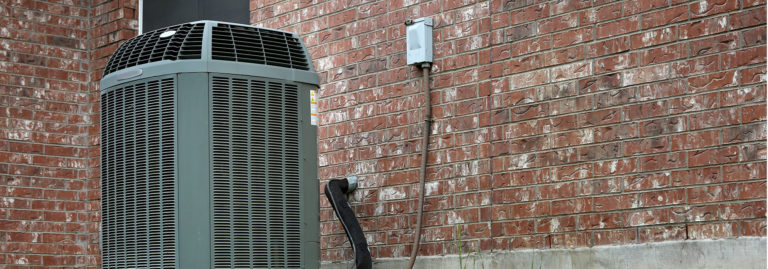What Is the Difference Between a Heat Pump & Furnace?
If you’re looking up information regarding your heating equipment, you’ve probably heard a lot of talk about your heat pump or your furnace. Many people believe that the two of these terms are interchangeable, but this is actually a pretty common mistake—the two are quite a bit different and this difference could dictate quite a bit about your options in the event you need to replace your heater before the chilly winter nights set in.
Heat Production
One of the biggest differences between these systems is how they produce the heat. A furnace is what many people typically think of when they think about in-home heating. These systems burn some form of fuel, usually natural gas but sometimes oil, and use the heat produced by this expulsion of energy to warm your home. However, in some other instances, a furnace simply takes electricity, runs it through a heavy resistor, and uses the heat that’s produced to warm your home.
Heat pumps don’t need a fuel source to produce heat in your home—in fact, they don’t even really produce heat; they just move it from one place to another. Using a fluid known as refrigerant, these systems use a series of processes to extract heat from the air outside your home and move it inside. Yes, it might seem cold outside, but that doesn’t mean there isn’t heat that can be collected and brought in! In this case, the energy being used is running the equipment that makes this process work.
Energy Efficiency
Both of these systems have different energy demands and efficiency levels, which make them better suited to different uses. In the past, furnaces used to be notoriously inefficient—draining a ton of energy while not producing a lot of heat. Today, modern furnaces are significantly improved, with some having efficiency ratings up to 98 percent.
Heat pumps, conversely, are incredibly efficient, sometimes having ratios up as high as 300 percent! However, they tend to suffer in performance as it gets colder outside. If the temperature ever dips below freezing, you need a traditional heat source that’s less efficient to continue heating your home. For an environment like Florida, however, where freezing temperatures aren’t typical, this isn’t usually something to have to worry about.
Requirements
A furnace needs to be connected to a fuel source—be it oil or gas. Electric-only furnaces are also fairly common in apartments or other small living spaces, but they aren’t all that good at keeping your entire home warm. For this reason, they’re not really all that common anymore aside from older buildings and structures. If you don’t already have one of these lines run to your indoor HVAC unit, you may not be able to install one of them when it comes to replacing your existing option.
Conversely, if you have a traditional central air conditioner, you more than likely can have a heat pump. In fact, the heat pump cycle is the same as your normal air conditioning cycle, only the refrigerant flows in reverse. This makes them easy to place in virtually any home with central HVAC equipment.
Need Air Conditioning Installation? Talk to your air conditioning repair experts at Airrific Air Conditioning & Heating today! Call (941) 371-3355.








